Introduction to Vintage Clothing
Vintage clothing has always been a timeless fashion statement that reflects the elegance and charm of the past. It’s not just about wearing old clothes; it’s about embracing the history, the craftsmanship, and the unique style that comes with each piece. Whether it’s a flapper dress from the 1920s, a swing coat from the 1940s, or a mini skirt from the 1960s, vintage clothing offers a way to express individuality and make a fashion statement that stands out from the crowd.

Selecting the Right Vintage Pieces
When it comes to selecting vintage clothes, it’s essential to consider the fit, the quality of the material, and the overall condition of the garment. Look for pieces that are in good condition, with no significant damage or wear. Also, consider the fit of the clothing. Vintage clothing often comes in different sizes than modern clothing, so it’s crucial to try on pieces to ensure they fit well and flatter your body shape.
Styling Vintage Clothes
Styling vintage clothes can be a fun and creative process. You can mix and match different pieces to create a unique look that’s all your own. For example, you can pair a vintage blouse with a modern skirt or wear a vintage dress with a contemporary jacket. The key is to balance the old with the new and create a look that feels fresh and current.

Accessorizing with Vintage Jewelry
Accessories can make or break a vintage outfit. Look for vintage jewelry pieces that complement your clothing. This could include vintage brooches, necklaces, bracelets, or earrings. The right accessories can add a touch of glamour and sophistication to your outfit, making it truly stand out.

Caring for Your Vintage Clothes
Proper care is essential to maintain the quality and longevity of your vintage clothes. Always follow the care instructions on the garment’s label, and consider having delicate pieces professionally cleaned. Store your vintage clothes in a cool, dry place, away from direct sunlight to prevent fading and damage.


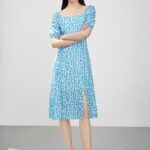
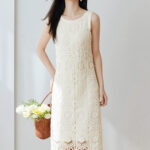
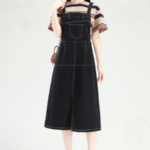
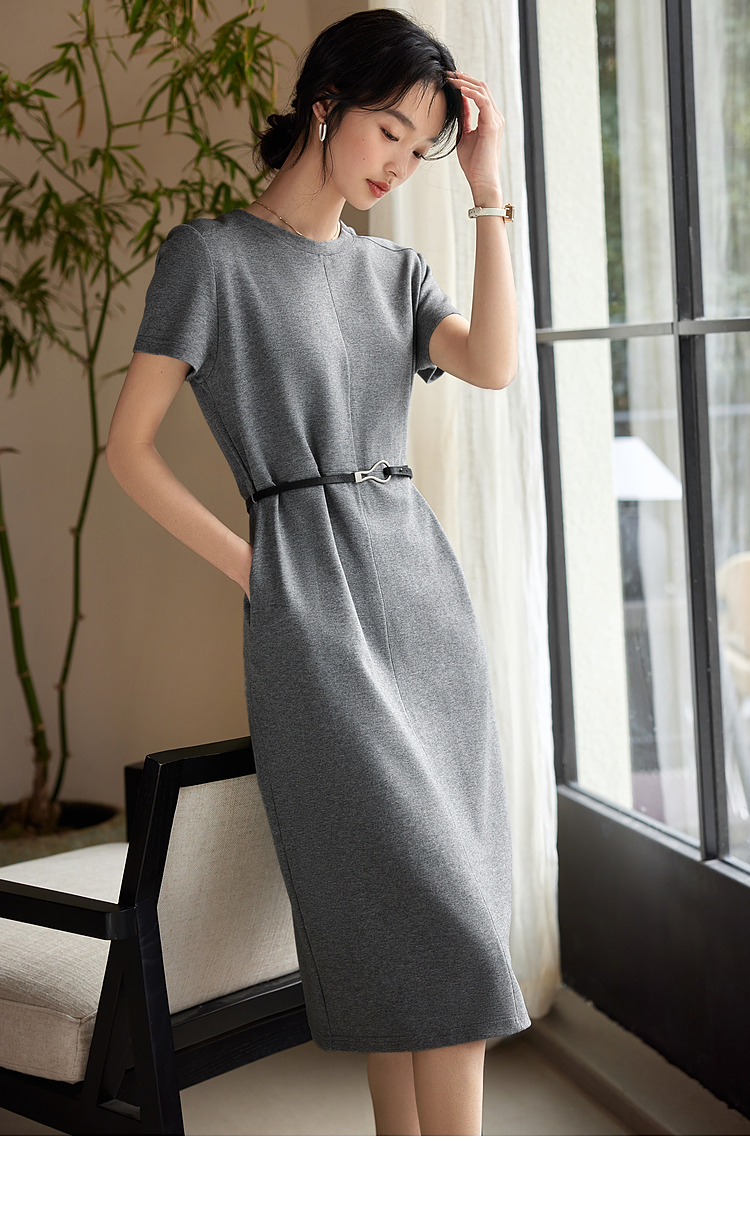
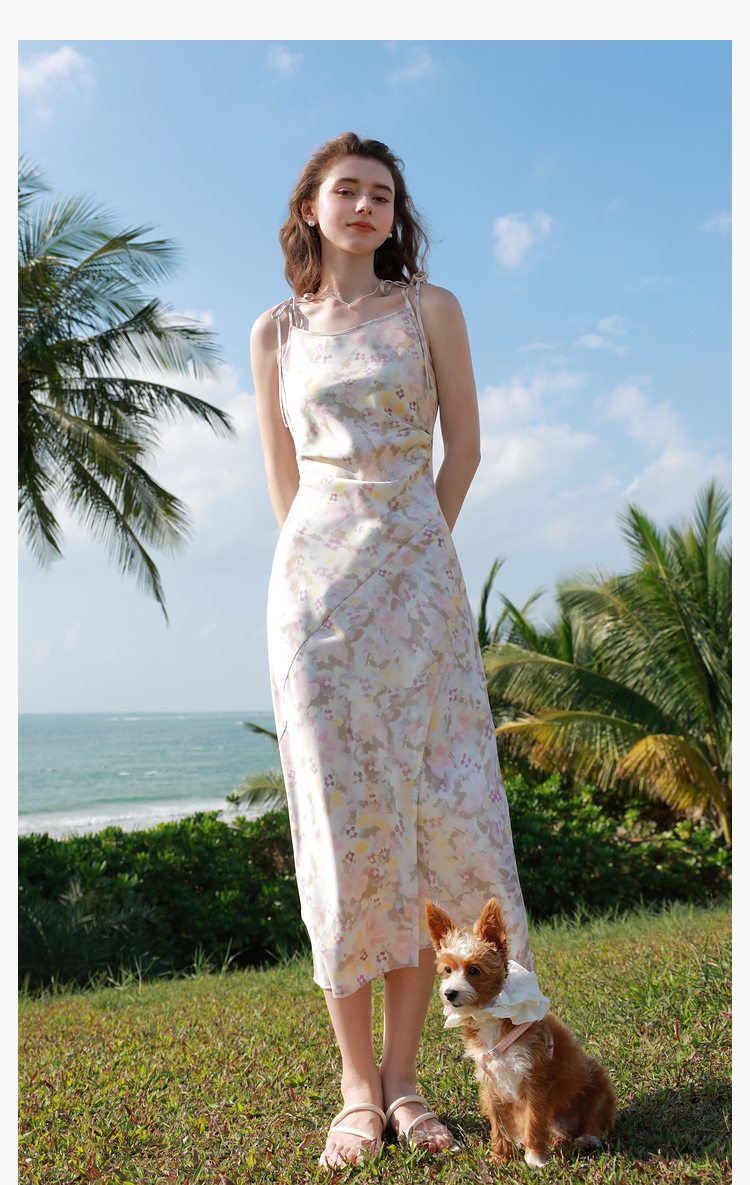
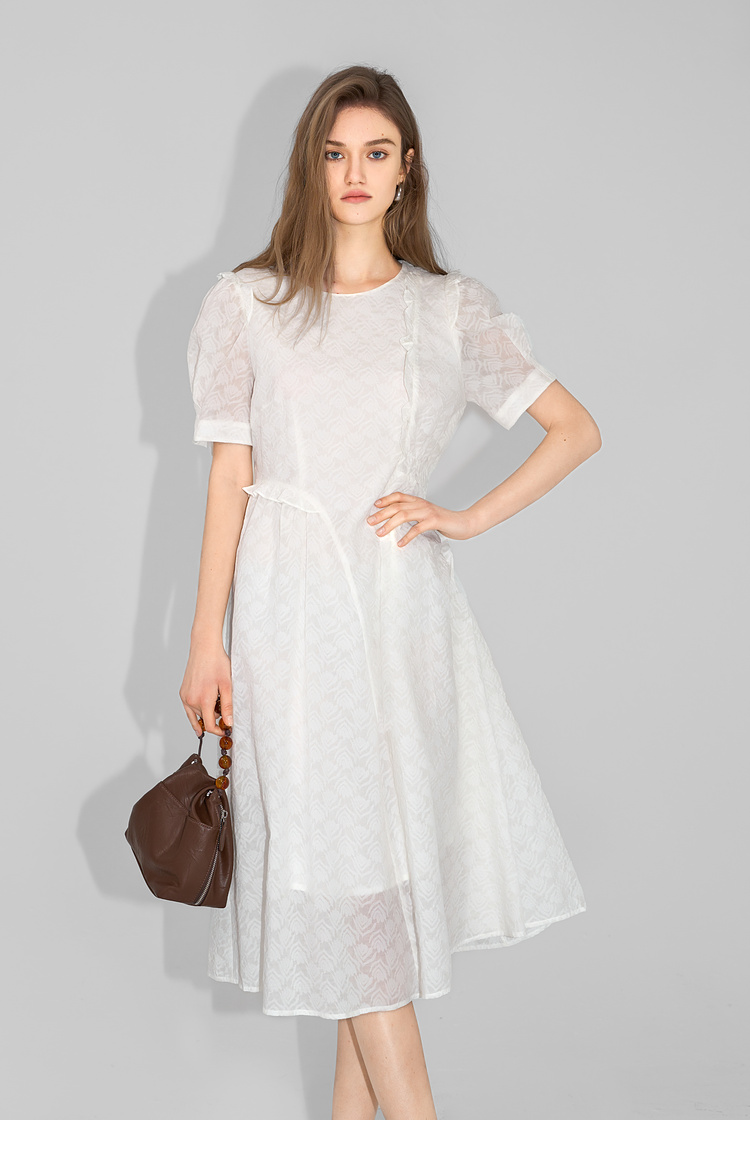
The environmental aspect of vintage clothing is often overlooked. By choosing vintage, you’re not only making a fashion statement but also contributing to sustainability. It’s a win-win situation for both style and the planet.
I appreciate the article’s emphasis on quality when selecting vintage pieces. It’s easy to get carried away by the charm of vintage, but ensuring the garment is in good condition is vital. A well-maintained vintage piece can last a lifetime.
*As a minimalist, I struggle with vintage’s bold patterns. Advice on neutral vintage basics (trench coats, blazers) would help balance my wardrobe.*
The article’s mention of vintage jewelry is a great addition. Vintage accessories can elevate any outfit and add a touch of elegance and sophistication.
I’m a bit concerned about the maintenance cost of vintage clothes. Professional cleaning can be expensive, but it’s worth it to keep these pieces in pristine condition.
*The section on selecting vintage pieces is helpful, but I disagree that all vintage sizes differ from modern ones. Many 80s/90s pieces align with today’s sizing—more nuance would help.*
As a vintage enthusiast, I absolutely adore the timeless elegance of vintage clothes for women. The craftsmanship and attention to detail in these pieces are unparalleled. Mixing vintage with modern pieces is a brilliant way to create a unique and stylish look.
I find that vintage clothing often has a better fit than modern clothes. The tailored cuts and high-quality materials make for a more flattering and comfortable fit. It’s like wearing a custom-made garment.
*As a Gen Z new to vintage, I love the idea but need practical advice: Where to buy? (Etsy? Local shops?) How to spot reproductions vs. true vintage?*
The article’s suggestion to mix vintage with modern pieces is genius. It allows you to stay current with fashion trends while still embracing the charm of vintage. It’s a perfect blend of old and new.
Vintage clothes for women are not just about fashion; they’re about preserving history. Each piece has a story, and wearing them feels like carrying a piece of the past with you.
The durability of vintage clothes is often underestimated. Many pieces are made from high-quality materials that can withstand years of wear. Proper care ensures that these garments remain in excellent condition for generations.
The cost-effectiveness of vintage clothing is another great aspect. You can find unique and high-quality pieces at a fraction of the price of modern designer clothes. It’s a budget-friendly way to stay stylish.